If water pools on your driveway, washes out your gravel, or cuts ruts into your yard after storms, you likely need a smarter way to move runoff. A driveway drainage culvert or a simple ditch can protect your driveway, landscaping, and foundation. In this guide, RLP Diversified, Inc explains when a ditch is enough, when a culvert is essential, how to size and select a pipe, what permits may apply in Wisconsin, and what you can expect for costs. Read on to solve runoff problems before they become expensive repairs.
Why Driveways Flood and Erode
Driveways intercept natural runoff. When rainwater flows downhill and meets a driveway, it can concentrate and accelerate. Without a way to cross under or around the driveway, water will seek the path of least resistance across the surface. That creates potholes in gravel, undermines pavement edges, and carries sediment onto the road. In winter, standing water freezes into hazardous ice sheets.
Soil type, slope, and nearby drainage features all matter. Clay soils drain slowly, which increases surface flow. Long, steep driveways collect more water. If roadside ditches or swales are shallow or misaligned, they cannot accept flow. Culverts that are undersized or clogged cause the same problems. The solution is to collect and route water through a safe, stable path that matches your site’s conditions.
Ditch vs Culvert: How to Decide
Both ditches and culverts manage water, but they do it differently. A ditch channels water along the side of a driveway. A culvert carries water underneath the driveway to the other side. RLP Diversified, Inc helps homeowners and property managers decide which is best based on site grade, drainage patterns, and local rules.
When a Ditch Is the Right Fix
- You have room for a swale parallel to the driveway without encroaching on property lines or utilities.
- The driveway is on a slight crown or slope that lets water run to one side.
- Runoff volume is moderate and infrequent.
- You prefer a low-cost, easy-to-maintain solution.
A well-shaped grass swale slows water, allows some infiltration, and guides flow safely toward a natural outlet or storm drain. For many rural driveways, a ditch alone works well.
When a Driveway Drainage Culvert Is Essential
- The driveway crosses a natural low spot, seasonal stream, or established ditch.
- You need to maintain a drivable surface where water must pass through.
- There is limited space for side ditches due to embankments, fences, or buildings.
- Local codes or the county highway department require a culvert at the entrance.
A driveway drainage culvert gathers water on the uphill side and safely conveys it underneath to the downhill side. Without it, the driveway will act like a dam and water will push across the top, causing erosion and road damage.
How a Culvert Works
A culvert is a pipe or box installed beneath your driveway. Water enters the inlet, travels through the pipe, and exits downstream. The system includes grading to guide water into the pipe, compacted bedding to support the pipe, and erosion control at the outlet to prevent scouring. A correctly sized culvert keeps peak stormwater moving without overtopping the driveway.
Signs You Need a Culvert or Larger Pipe
- Water overtops the driveway during heavy rain.
- Standing water remains on one side after storms.
- Deep ruts or washouts appear near the driveway edge.
- Your gravel disappears after a downpour.
- The existing pipe clogs often with leaves or sediment.
- Neighbors or the road authority report flooding at the driveway entrance.
Choosing Pipe Size and Material
Sizing and materials determine how well your culvert performs and how long it lasts. RLP Diversified, Inc evaluates contributing drainage area, slope, and downstream conditions to select a reliable configuration.
Culvert Sizing Basics
- Diameter: Larger diameters pass more water and are less likely to clog. Residential driveway culverts are often 12 inch to 18 inch, but some sites need 24 inch or larger. Size is site-specific.
- Slope: A slight downhill slope through the pipe improves flow and reduces sediment buildup.
- Inlet and outlet control: Headwalls or flared end sections reduce turbulence and help capacity.
- Debris loads: Areas with leaves, sticks, or ice need larger inlets and good trash control.
Online calculators can be a rough guide, but they rarely account for all variables. Soil, vegetation, roadway crown, and downstream constraints affect real-world performance. An experienced contractor or engineer should confirm final sizing.
Common Culvert Materials
- Corrugated HDPE plastic: Lightweight, corrosion resistant, smooth interior for good flow, easy to install. Popular for residential driveways.
- Corrugated metal pipe: Strong and durable, can dent under heavy loads if not bedded well. May corrode in acidic soils.
- PVC or SDR smooth wall: Smooth interior, good flow. Usually for smaller diameters and specific applications.
- Reinforced concrete: Very durable with high load capacity. Heavier and more costly to install. Often used under roads or where longevity is critical.
In Wisconsin, corrugated HDPE is common for residential driveways due to performance and cost. RLP Diversified, Inc installs all major types and will recommend the best material based on traffic loads, soil chemistry, and budget.
End Treatments and Erosion Control
- Flared end sections: Improve inlet efficiency and appearance, reduce blocking and turbulence.
- Headwalls: Concrete or masonry walls that stabilize pipe ends on steeper slopes.
- Riprap: Rock placed at outlets and inlets to prevent scour and stabilize banks.
- Grates: Used selectively for safety, but they can catch debris. Only install where code requires or risk is high.
Permits, Codes, and Wisconsin Requirements
Driveway culverts often sit in a right-of-way and may connect to public ditches. That means permits and inspections can apply. In Wisconsin, requirements vary by municipality and road authority. County highway departments typically regulate driveway connections to county roads. Towns and cities regulate local roads. Additional approvals may be required if the culvert crosses a stream or wetland.
- Driveway access permit: Common at new entrances or when changing the size or location of a culvert.
- Culvert specifications: Many authorities specify minimum diameters, preferred materials, and end treatments.
- Right-of-way work rules: Traffic control, backfill requirements, and restoration standards.
- Environmental approvals: If a navigable waterway or wetland is involved, you may need state or federal clearance.
RLP Diversified, Inc has decades of experience working with Wisconsin counties and municipalities. Our team coordinates with the correct office, prepares drawings when needed, and installs culverts to the specified standards so your driveway is compliant and safe.
What a Culvert Project Costs
Costs vary with pipe type and diameter, site access, excavation depth, and erosion control needs. The numbers below are typical ranges in Wisconsin but are not a quote. Your project may be higher or lower based on site conditions and permit requirements.
- 12 inch to 18 inch HDPE culvert pipe: Generally the most economical for residential use.
- 24 inch and larger: Higher material cost and more excavation, often used on larger drainage areas.
- Corrugated metal or reinforced concrete: Material and handling can raise cost, selected for specific loads or longevity.
- End sections and headwalls: Add cost but improve performance and appearance.
- Riprap and seed/mulch: Needed at most sites to prevent erosion and restore vegetation.
- Driveway surface restoration: Gravel replacement or asphalt patching after installation.
- Permits and inspections: Fees vary by jurisdiction.
The fastest way to get an accurate price is an on-site evaluation. RLP Diversified, Inc can pair material and size options with clear budget figures so you understand the tradeoffs.
Installation Steps Done Right
Proper installation ensures your culvert handles storms without settling or clogging. Here is a typical process RLP Diversified, Inc follows for residential driveways:
- Evaluate drainage: Identify the contributing area, natural flow paths, and stable discharge locations.
- Confirm permits: Coordinate with the road authority or municipality and obtain approvals.
- Set alignment and grade: Mark the culvert path perpendicular to the driveway and aligned with ditch flow, with correct inlet and outlet elevation.
- Excavate trench: Dig wide and deep enough for bedding and the pipe. Protect existing utilities.
- Prepare bedding: Install compacted granular base to support the pipe evenly.
- Place pipe: Set sections to the designed slope, connect joints, and confirm alignment.
- Install end treatments: Add flared ends or headwalls as specified.
- Backfill and compact: Place selected fill in lifts on both sides of the pipe to avoid shifting.
- Build erosion control: Install riprap, geotextile, and seed or sod to stabilize soil.
- Restore driveway: Replace gravel or patch asphalt to match the existing surface.
- Final inspection and cleanup: Verify performance and remove excess material.
RLP Diversified, Inc uses equipment from Caterpillar, Bobcat, and New Holland to ensure precise grading, safe handling, and efficient installation.
Maintenance and Lifespan
A well-installed culvert can last decades, especially with plastic or concrete materials. Keep performance high with simple routine checks.
- Inspect after major storms: Clear leaves and branches from the inlet.
- Mow or trim vegetation: Maintain flow into the inlet and along the ditch.
- Watch for settlement: If the driveway surface dips over the culvert, compaction may be needed.
- Check for scour: Add riprap where erosion starts to appear at the outlet.
- Flush as needed: Remove sediment if flow slows or water backs up.
RLP Diversified, Inc can schedule seasonal maintenance or one-time cleanouts to keep your culvert functioning.
Common Mistakes to Avoid
- Undersizing the pipe: Choosing the smallest diameter to save money often backfires. It clogs and overtops more easily.
- Flat or uphill pipe: Without adequate slope, sediment builds up and reduces capacity.
- Poor bedding and compaction: The pipe can deform or settle, creating low spots in the driveway.
- No erosion control: Unprotected outlets scour quickly, creating new problems downstream.
- Misaligned inlet: If water cannot find the pipe entrance, it will bypass and erode the driveway edge.
- Ignoring permit rules: Noncompliant culverts may be removed or replaced at your expense.
Ditch Improvements That Boost Performance
Sometimes you need both a ditch and a culvert. Enhancements that often help include:
- Regrading the swale to a smooth, consistent slope.
- Armoring key sections with stone where velocities are higher.
- Adding a small check dam in long swales to reduce speed and capture sediment.
- Vegetating with deep-rooted grasses to stabilize soil.
- Installing a driveway crown so surface water sheds to the swale instead of pooling.
How RLP Diversified, Inc Solves Driveway Drainage
Established in 2000 and based in Burlington, Wisconsin, RLP Diversified, Inc is a multifaceted contractor with deep experience in grading and excavating. After integrating Andy’s Excavating in 2013, the company expanded its capabilities and fleet. Today, RLP Diversified, Inc serves homeowners, farms, and commercial sites statewide with a full range of services that support reliable drainage and stable driveways.
- Grading and earthmoving: Road grading, rough and finish grading, topsoil stripping, backfilling, and lawn seeding to shape correct drainage paths.
- Excavating: Foundations, parking lots, shoreline and pond work, dredging, scraping, and demolition when needed for reconstruction.
- Aggregate and trucking: Delivery of topsoil, fill dirt, sand, stone, gravel, and limestone for driveway bases and restoration.
- Pond excavating: Construction, maintenance, and shoreline protection that often ties into sitewide stormwater planning.
- Demolition and recycling: Removal of failing slabs or structures with on-site cleanup and concrete recycling.
From simple ditch reshaping to a complete driveway drainage culvert replacement, RLP Diversified, Inc brings the right equipment and crew to finish the job cleanly and on schedule.
Service Area
RLP Diversified, Inc serves the entire state of Wisconsin, including Milwaukee, Waukesha, Madison, Racine, Mequon, Kenosha, and Green Bay. If your property is in or near these areas, the team can assess your site and recommend the best solution.
Frequently Asked Questions
What is the minimum culvert size for a driveway?
Many jurisdictions require at least a 12 inch diameter. Some rural areas allow smaller sizes, while others require 15 inch or 18 inch minimums. Check with your local road authority. RLP Diversified, Inc can confirm and size correctly for your site.
How long should the culvert be?
It must span the full driveway width plus extra for side slopes and end treatments. Most residential installations run 20 to 30 feet, but length depends on driveway width and side slope geometry.
Can I reuse my old culvert?
If the pipe is corroded, deformed, or undersized, reuse is not recommended. Reinstallation often costs nearly as much as replacement once you factor in excavation and restoration. A modern pipe sized for current conditions is a better investment.
Do I need concrete headwalls?
Not always. Flared end sections with riprap are common and effective. Steeper sites, larger pipes, or high flows may benefit from headwalls. RLP Diversified, Inc will advise based on erosion risk and code.
Can a culvert freeze shut?
Yes, especially if undersized or flat. Proper slope, a larger diameter, and keeping debris clear help prevent freezing. In shaded or spring-fed areas, additional measures may be needed.
Your Next Step: Get a Site Evaluation
Runoff will not fix itself. Whether you need a simple ditch cleanup or a new driveway drainage culvert, the right solution starts with an on-site assessment. RLP Diversified, Inc will review drainage patterns, confirm code requirements, recommend pipe sizes and materials, and provide a clear, itemized estimate. With proven grading and excavating expertise, quality equipment, and statewide service, the company delivers long-lasting results that keep your driveway open and your property protected.
Contact RLP Diversified, Inc to schedule your evaluation and stop driveway flooding before the next storm. With the proper ditch or culvert in place, drainage becomes dependable, maintenance stays manageable, and your investment in your driveway lasts for years.
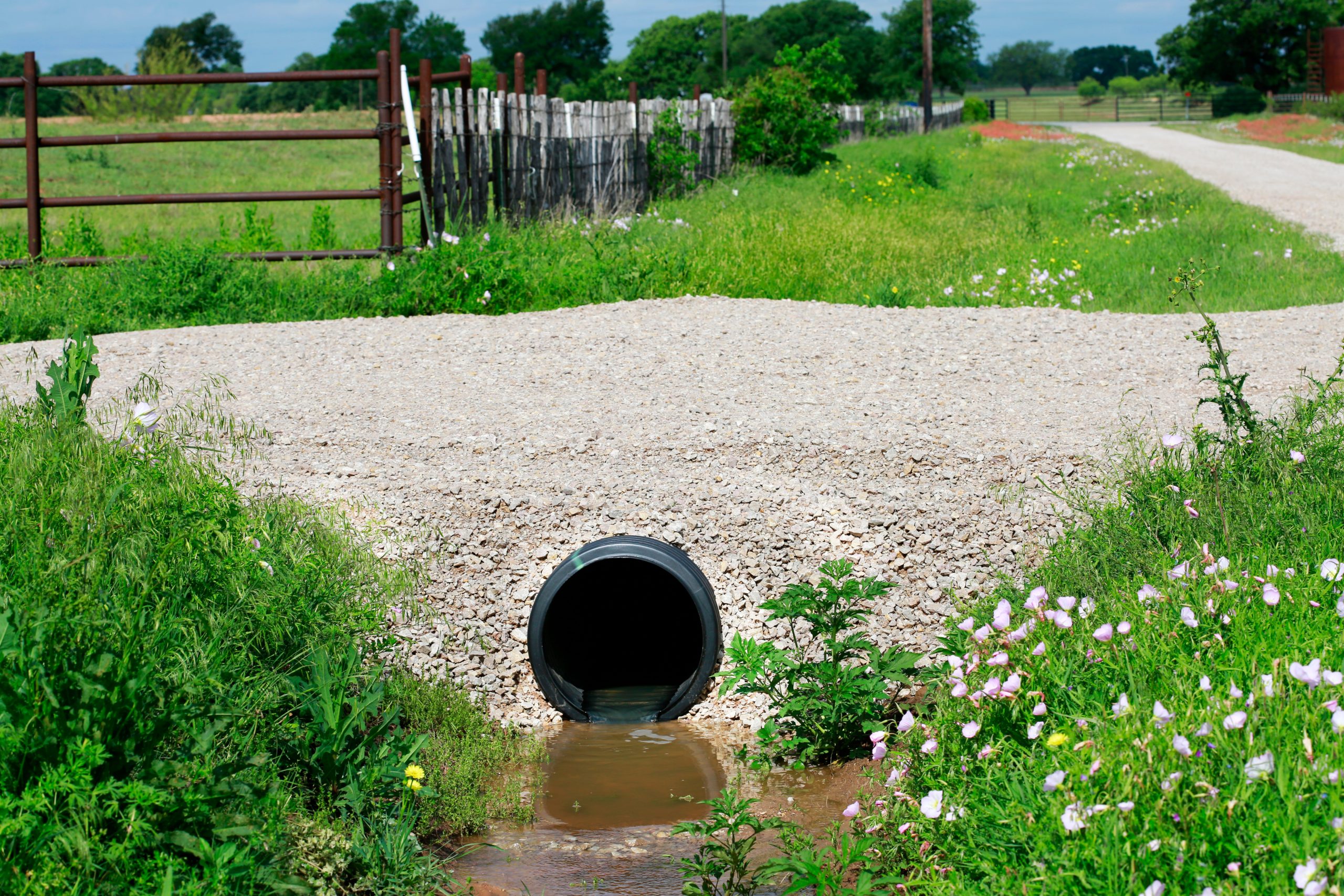

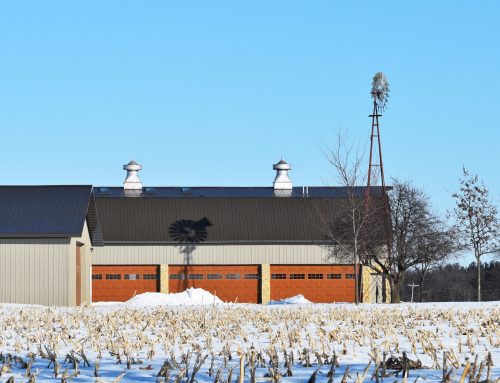
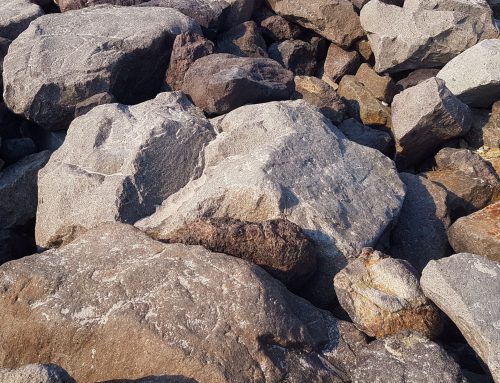
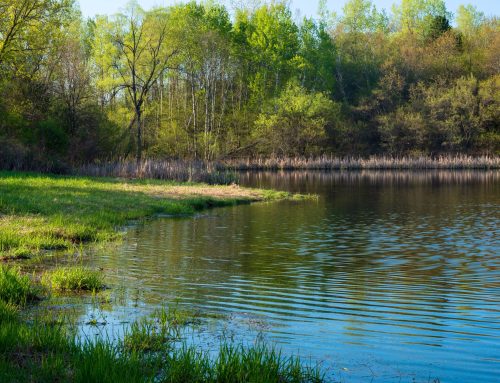
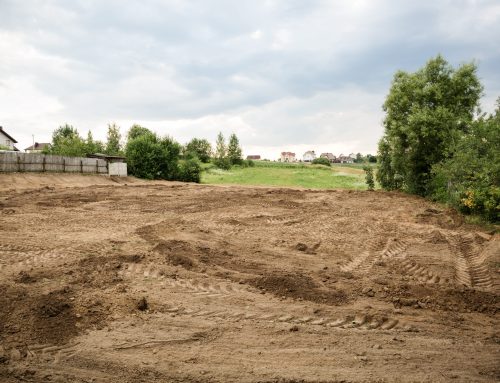
Leave A Comment